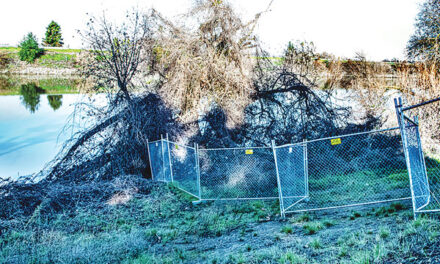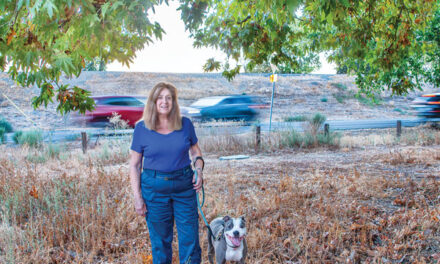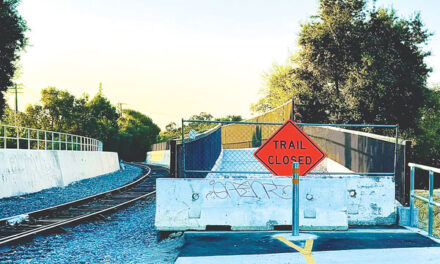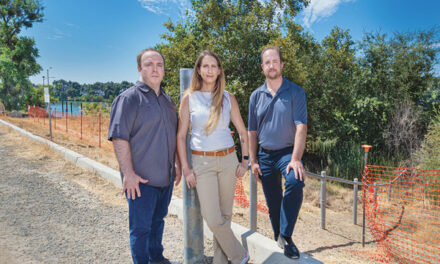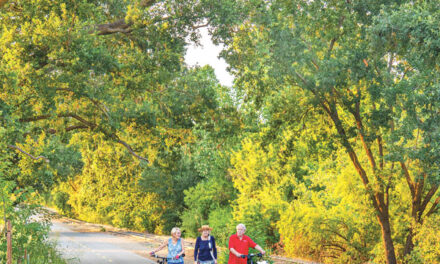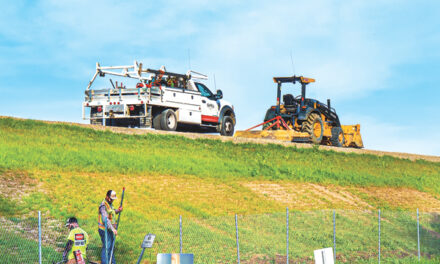For transportation in the United States, convenience makes the world go ’round, not love or money.
Generally, cars (in the absence of gridlock) are the most convenient way to get somewhere. Cars provide speed, availability, reliability, door-to-door service with no walking or waiting, the ability to carry passengers and goods, protection from the elements, no crowding or standing, and no transfers, schedules or routes to figure out. Cars have privacy and the comforts of home.
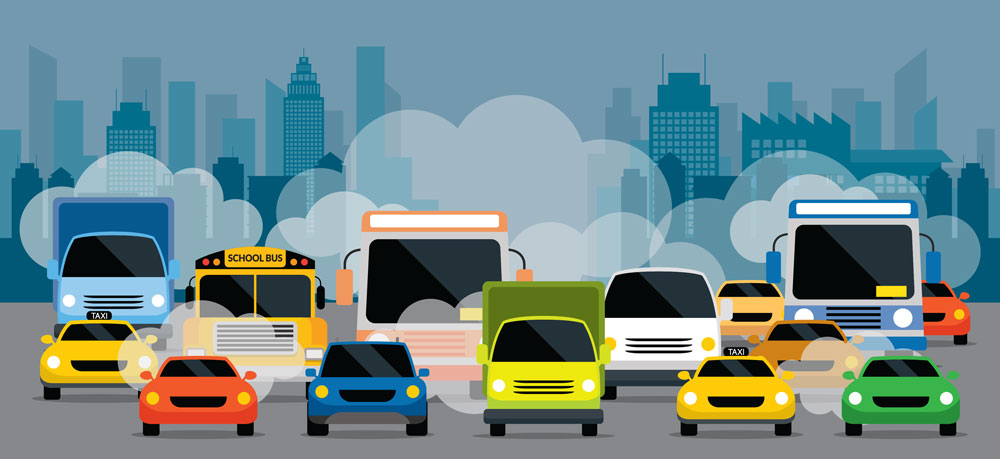
In most of America, you’re odd if you don’t drive.
Uber, Lyft, and shared bikes and scooters offer their own forms of convenience, but at a price. The accessibility, ease of payment and door-to-door service they promise have shifted some trips from other modes—often away from public transit. As yet, they aren’t profitable. Their long-term viability remains to be seen.
Given the convenience of cars, it’s not surprising most people choose to drive. We often make that choice without thinking. When people do consider travel options, they make rational choices.
If you’ve got the money, it can be rational to pay more for convenience even when driving is costlier than other ways of getting around. Unfortunately, when individuals make a choice that’s sensible for them, it can come at the expense of the common good.
There are many reasons why we’d be better off as a society if we cut back on trips made by car. There would be fewer deaths and injuries from crashes, less air pollution, less noise, less resource depletion, less congestion and less climate-altering greenhouse gas. Yet in a nation that prides itself on individualism, the common good doesn’t motivate everyone.
There are two ways to change the convenience disparity between car use and other ways of getting around. One way is to make the alternatives to driving—walking, biking and transit use—more convenient. The other (surely less popular) is to make driving less convenient.
We’ve taken some halting steps to make biking more convenient by adding relatively inexpensive things such as bike parking and bike lanes. There’s been only a slight trend upward in bike use.
Trillions of dollars have been invested in the vast infrastructure serving our car culture. Transit, walking and biking have, in comparison, received pennies on the dollar.
Compact and denser urban areas reduce trip lengths and lessen the need for cars. Sprawl almost mandates driving. Sprawling suburbs put workers further away from urban jobs and consumers further away from the services they need.
Without free and plentiful parking, driving becomes more complicated. If paying for parking were part of every car trip, people might think twice about driving. Free on-street parking is an incentive to drive. Policies such as minimum parking requirements for new developments have forced developers to make driving convenient and increased development costs.
The most effective way to address transportation choices is not through convenience, but by managing costs. Automobile use could pay its own way, but doesn’t today. That’s something that should happen—not only out of fairness, but as an economic and environmental necessity.
If car costs were assessed on a per-mile basis, such as road-use taxes instead of a gas tax or as a mileage fee for insurance instead of a flat rate, racking up more miles would have a clearer impact on family finances.
We’ve focused almost exclusively on improving the convenience of driving. It’s past time to level the playing field and make other, less harmful ways of getting around equally convenient.
Walt Seifert is executive director of Sacramento Trailnet, an organization devoted to promoting greenways with paved trails. He can be reached at bikeguy@surewest.net. Follow us on Facebook, Twitter and Instagram: @insidesacramento.





